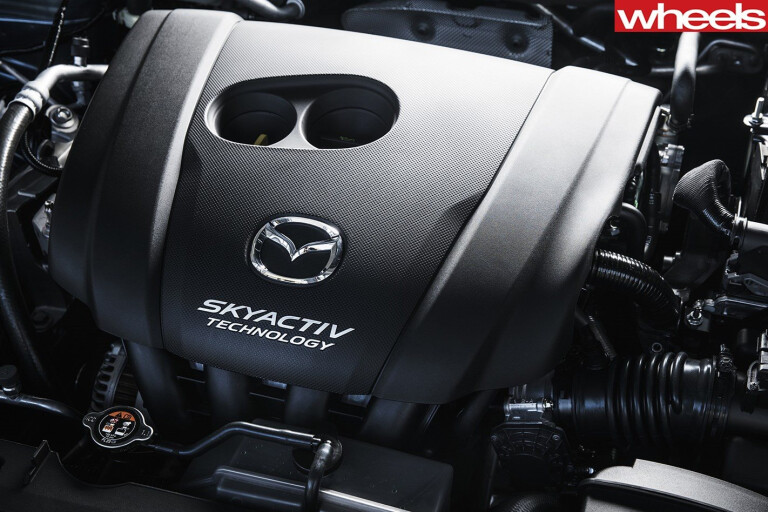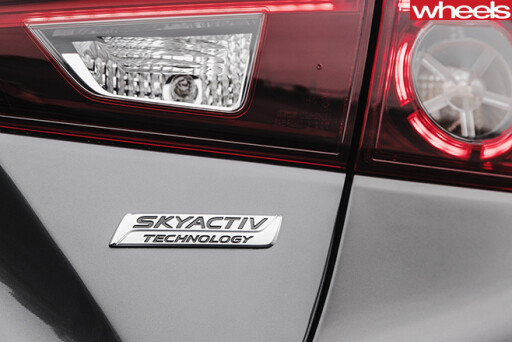
Pity the humble spark plug, for its days appear to be numbered.
But it’s not EVs that are wielding the axe for those little lumps of metal and ceramic: Mazda wants to cut spark plugs from its next-generation petrol engines as it embarks on the next step in its strategy of chasing ultimate efficiency from combustion motors.
A report in Japanese newspaper Nikkei claims Mazda will wheel out the production version of its new compression-ignition petrol engine towards the end of next year, initially in the Japanese-market Axela hatchback that’s sold here as the Mazda3.
By employing an ultra-high compression ratio and carefully shaping the combustion chamber, Mazda’s engineers have been able to design a petrol-powered engine that automatically ignites its air-fuel mixture without the helping hand of a spark plug. Called ‘homogenous charge compression ignition’, the principle behind the technology is similar to that employed by modern diesel engines.
 Not only does it eliminate the mechanical and electrical complexity of a conventional ignition system, but the compression-ignition tech is also claimed to result in a cleaner burn, extract more power per litre of fuel and also produce fewer harmful exhaust emissions.
Not only does it eliminate the mechanical and electrical complexity of a conventional ignition system, but the compression-ignition tech is also claimed to result in a cleaner burn, extract more power per litre of fuel and also produce fewer harmful exhaust emissions.
Official figures are still to be released, but preliminary estimates say a Mazda3-sized car could consume as little as 3.3L/100km on average using compression ignition.
After its first application in the updated Mazda3, the compression-ignition SkyActiv engine will spread to other models in the Mazda range. However, its compatibility with turbocharging has yet to be ascertained (boosted engines typically don’t tolerate high compression ratios well), which may preclude it from being applied to the Mazda CX-9’s turbo 2.5-litre inline four.
As efficient as the sparkplug-less SkyActiv engine promises to be, Nikkei reports that Mazda will nevertheless make moves to launch electrified powertrains of its own around the end of the decade. Electric vehicles are expected to become part of the Japanese automaker’s range from 2019, and a plug-in hybrid is rumoured for a 2021 debut – with both believed to be a response to ever-tightening emissions legislation in Europe and the USA.

COMMENTS